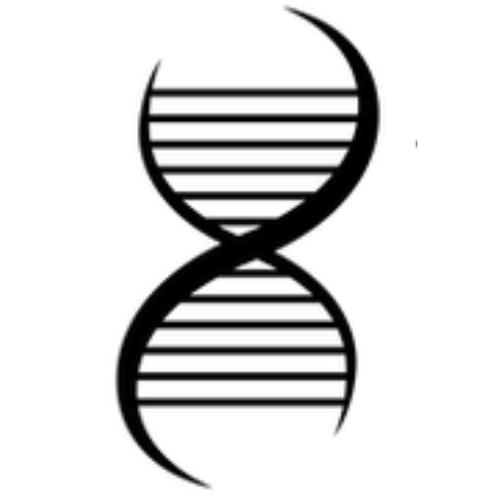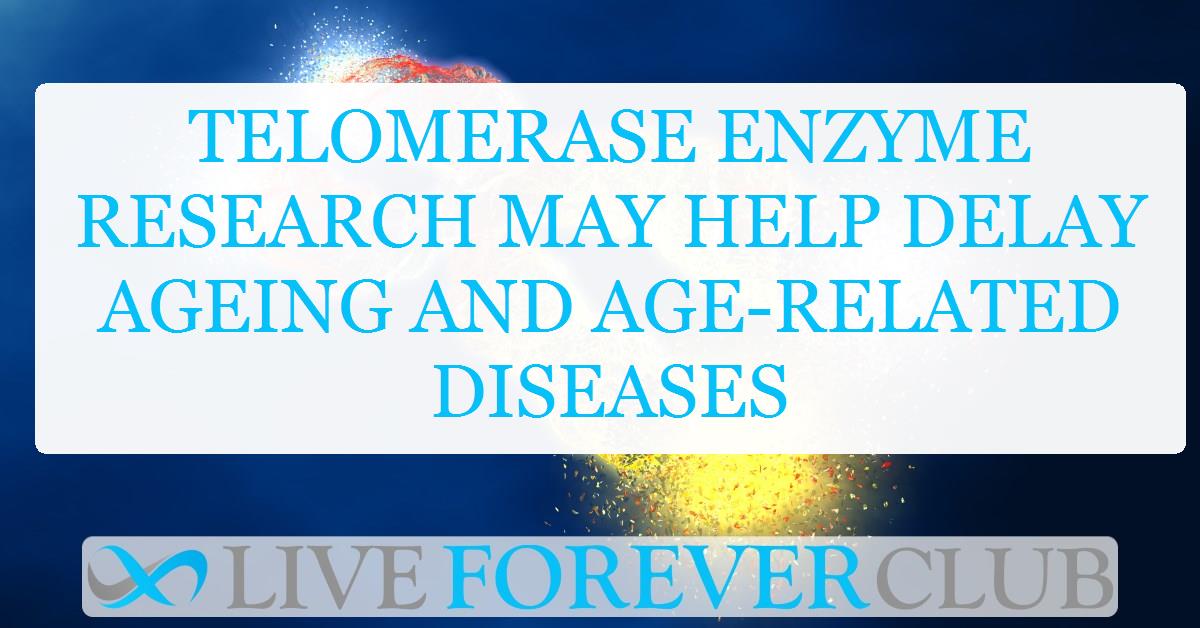In the search to extend human lifespan and address age-related diseases, telomerase reverse transcriptase (TERT) stands out as a promising focus of research. This enzyme, known for its role in maintaining telomeres—the protective caps at the ends of chromosomes—offers potential pathways to combat ageing at a cellular level. BioViva, under the leadership of CEO Liz Parrish, is working to transform telomerase-based scientific breakthroughs into tangible therapies aimed at enhancing health and longevity.
Understanding Telomerase Reverse Transcriptase
Telomerase reverse transcriptase (TERT) is the catalytic subunit of telomerase, an enzyme responsible for repairing and lengthening telomeres. Telomeres shorten with each cell division, leading to a critical point where cells enter senescence. Senescent cells lose their ability to divide and function, contributing to ageing and the onset of age-related diseases. Telomere shortening has been identified as a hallmark of ageing, tightly linked to cellular and organismal decline.
Reactivating telomerase has shown potential to counteract telomere shortening and extend cellular lifespan in laboratory settings. Animal studies further suggest that telomerase activation can not only increase lifespan but also enhance healthspan—the period of life spent in good health. These findings have ignited interest in leveraging TERT as a therapeutic target for conditions like cardiovascular diseases, neurodegenerative disorders, and even certain types of cancer.
BioViva's Mission: Translating Research into Therapies
BioViva focuses on developing advanced gene therapies that address the biological underpinnings of ageing. Their mission is clear: to transform promising research into practical medical interventions that slow ageing and improve human healthspan. With TERT as a cornerstone of its approach, BioViva is exploring innovative ways to integrate telomerase activation into therapies.
CEO Liz Parrish has been a vocal advocate for advancing ageing science. She garnered global attention by undergoing an experimental telomerase gene therapy herself, aimed at extending telomere length and delaying biological ageing. This bold action underscored BioViva’s commitment to demonstrating the potential of gene therapy in real-world applications.
Role of Telomerase in Ageing and Disease
Telomerase reactivation has implications far beyond merely extending lifespan. By addressing telomere shortening, telomerase therapies have the potential to:
- Reduce Cellular Senescence: Reactivated telomerase can delay the transition of cells into a non-functional state, maintaining their regenerative capabilities.
- Combat Age-Related Diseases: Shortened telomeres are linked to conditions like cardiovascular diseases, diabetes, and neurodegeneration. Telomerase may mitigate these risks.
- Support Tissue Regeneration: Telomerase activity can enhance the regenerative potential of tissues, improving overall vitality.
Studies in animal models have demonstrated lifespan extensions through telomerase activation. For example, experiments on mice have shown increased longevity and improved resistance to age-associated illnesses. While challenges remain in translating these findings to humans, the groundwork is promising.
BioViva’s Approach to TERT Therapy
BioViva’s strategy involves addressing key challenges in developing telomerase-based therapies. Their approach includes:
1. Personalised Gene Therapy
BioViva is working on customisable TERT therapies tailored to individual genetic and health profiles. Personalization aims to maximize therapeutic efficacy while minimising potential risks. By accounting for genetic variability, BioViva seeks to develop solutions that are both safe and effective.
2. Advanced Delivery Systems
Efficient delivery of gene therapies is crucial for their success. BioViva has been investigating delivery methods such as adeno-associated viruses (AAV) and cytomegaloviruses (CMV) to ensure targeted and precise therapy. These platforms are designed to deliver genetic material to specific cells without triggering harmful side effects.
3. Ethical Practices and Transparency
BioViva emphasises ethical standards in its research and development processes. Transparency in clinical trials and patient engagement is a core part of their ethos. The company advocates for patient choice in accessing advanced therapies, ensuring that treatments meet stringent safety and ethical benchmarks.
Challenges in Telomerase-Based Therapies
While the potential of TERT is undeniable, significant challenges remain:
- Delivery Mechanisms: Ensuring precise and safe delivery of telomerase therapies to target cells is complex.
- Long-Term Effects: Reactivating telomerase may increase cancer risk by enabling unchecked cell division in damaged cells.
- Ethical and Regulatory Hurdles: Gene therapy development faces scrutiny from regulatory bodies, requiring robust safety data.
BioViva’s research addresses these challenges through rigorous testing and collaboration with scientific institutions. Their goal is to ensure that TERT therapies are both effective and safe for widespread use.
Broader Implications of Longevity Research
If telomerase-based therapies succeed, their societal impact could be profound:
- Healthcare Transformation: Extending healthspan could reduce the burden of age-related diseases on healthcare systems.
- Economic Benefits: Healthier, longer-living populations could remain active contributors to the economy for extended periods.
- Quality of Life Improvements: Delaying ageing could enable individuals to enjoy more years of vitality and independence.
BioViva’s work aligns with broader efforts in longevity science to redefine the ageing process. By targeting molecular mechanisms that drive ageing, these therapies could shift the paradigm from treating symptoms to addressing root causes.
Future of TERT Therapy
The road ahead for telomerase therapies includes ongoing research, clinical trials, and public engagement. BioViva’s contributions to the field highlight the importance of collaboration between academia, industry, and policymakers in advancing longevity medicine.
As breakthroughs in gene therapy continue, the dream of extending healthy human lifespans edges closer to reality. TERT-based therapies represent a pivotal step in achieving this goal, offering hope for a future where ageing is no longer a barrier to living a full and vibrant life.
Conclusion
Telomerase reverse transcriptase holds immense promise in the fight against ageing and age-related diseases. By focusing on TERT, BioViva is pushing the boundaries of science to deliver real-world solutions. Through personalised therapies, advanced delivery systems, and ethical practices, the company is paving the way for a new era in medicine.
While challenges remain, the potential benefits of telomerase activation are transformative. As research progresses, BioViva’s work serves as a beacon of hope for extending healthspan and redefining the ageing process. The journey toward longevity medicine continues, with TERT at the forefront of this exciting frontier.







